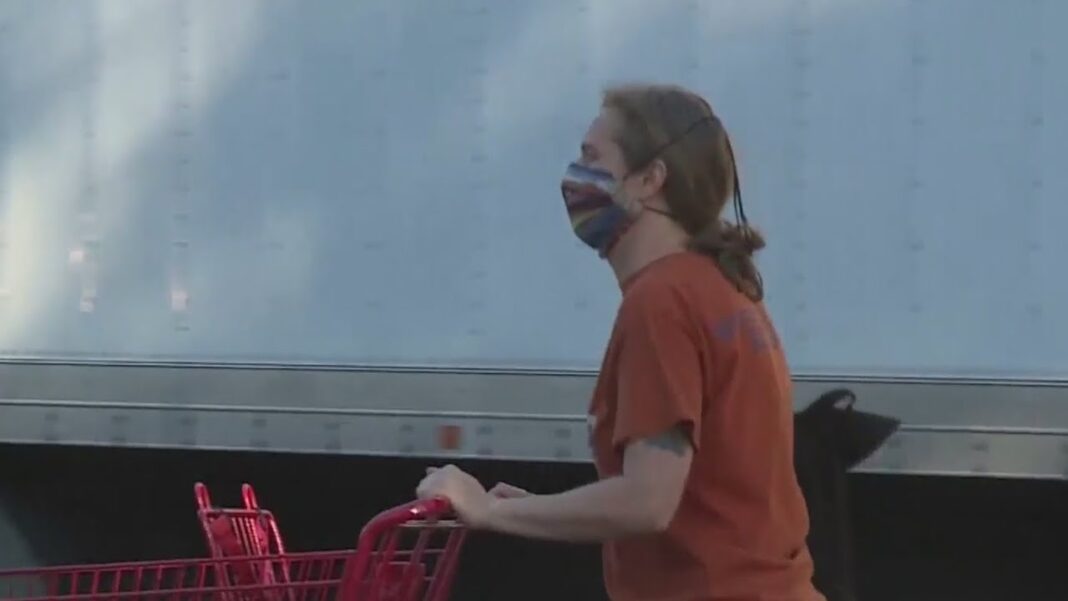As thousands of illegal immigrants are released into the United States every week, the agency responsible for enforcement is unable to keep tabs on most of them.
Immigration and Customs Enforcement (ICE) Acting Director Tae Johnson admitted to Congress that “there’s certainly some gaps in our ability to track” illegal immigrants being released.
After being apprehended at the border, illegal immigrants are processed by Customs and Border Protection (CBP) to determine who they are and whether they’re subject to being immediately turned back under the current Title 42 public health provision.
Single adults from Spanish-speaking nations are almost all subject to immediate expulsion under Title 42, according to Acting CBP Commissioner Troy Miller. But Border Patrol is also encountering more illegal aliens from non-Spanish speaking nations, in particular Brazil and Haiti.
Of the 178,000 illegal border crossers encountered in April, around 62 percent were expelled quickly under Title 42, according to CBP data.
The remaining 38 percent (or 68,000 individuals) were released into the interior (family units), into Health and Human Services custody (unaccompanied minors), or ICE custody (single adults from non-Spanish-speaking nations).
In some border sectors, particularly the Rio Grande Valley in south Texas, the Border Patrol facilities have been so overwhelmed that many individuals weren’t released with the common Notice to Appear document that states a date and time to appear in court. Rather, they received a Notice to Report, which is an honor system that requires the person to check in at their closest ICE facility within 60 days.
“For individuals that are just released with a notification to report to ICE or to show up in court, then our ability to track those folks quite closely is much more limited,” Johnson said during a congressional hearing on May 13.
About 20,400 individuals have been released with a Notice to Report, and Johnson said ICE has no way to track those people or where they plan to reside, as the agency’s system doesn’t link to the information Border Patrol collects at the initial intake facility.
“Once they report to an ICE office, they’re put into our system of record, and at that point we can track those folks,” Johnson said. “But otherwise, we would just have to get a list from Border Patrol of the 20,000 cases and check them pretty regularly.






